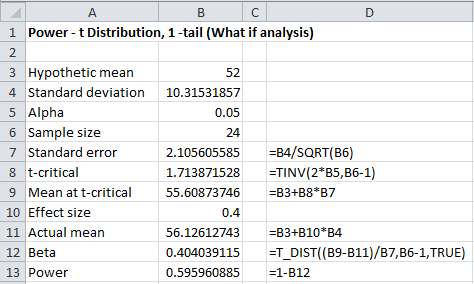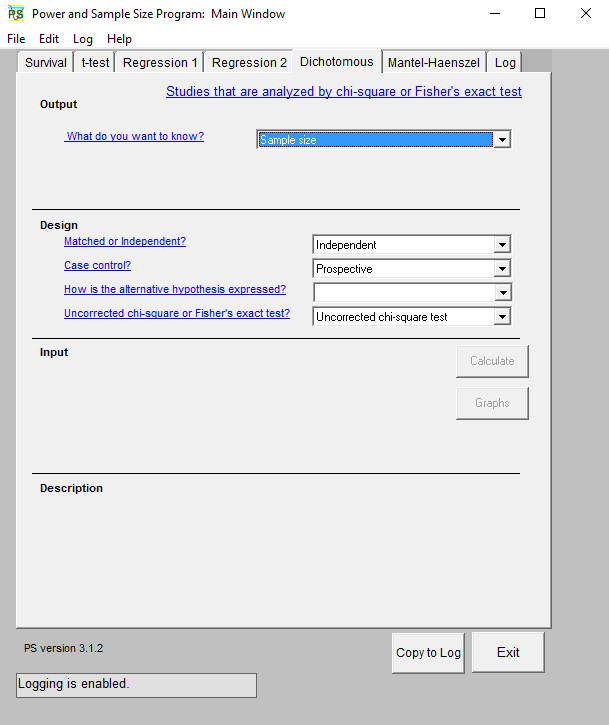

This builds a combined estimate of the overall standard deviation. Next, we calculate the pooled standard deviation. This difference in our samples estimates the difference between the population means for the two groups. This calculation begins with finding the difference between the two averages: We start by calculating our test statistic. We'll further explain the principles underlying the two sample t-test in the statistical details section below, but let's first proceed through the steps from beginning to end.

But how different are they? Are the averages “close enough” for us to conclude that mean body fat is the same for the larger population of men and women at the gym? Or are the averages too different for us to make this conclusion? Without doing any testing, we can see that the averages for men and women in our samples are not the same.
#Dichotomous hypothesis test calculator how to
Below, we'll discuss how to check the requirements using software and what to do when a requirement isn’t met. The variances for the two independent groups are equal.įor very small groups of data, it can be hard to test these requirements.Data in each group are normally distributed.


What if my data isn’t nearly normally distributed? You use a different estimate of the standard deviation. What if the variances for my two groups are not equal? Other multiple comparison methods include the Tukey-Kramer test of all pairwise differences, analysis of means (ANOM) to compare group means to the overall mean or Dunnett’s test to compare each group mean to a control mean. Analysis of variance (ANOVA) is one such method. You can use the test when your data values are independent, are randomly sampled from two normal populations and the two independent groups have equal variances. Yes, a two-sample t-test is used to analyze the results from A/B tests. The two-sample t-test (also known as the independent samples t-test) is a method used to test whether the unknown population means of two groups are equal or not.


 0 kommentar(er)
0 kommentar(er)
